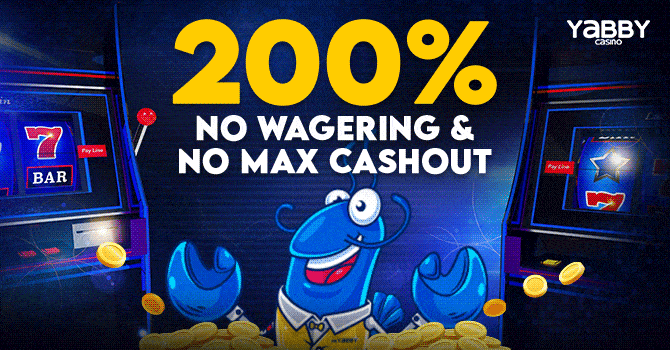Have you heard that physical Bitcoin exists, and that its wallet smells nicely? So far, we have thought about Bitcoin as the crypto currency in the abstract digital world. However, true fans of Bitcoin know that there are collector items in the form of actual coins that can bear value. The physical bitcoin is the collectors’ treat. Let’s see how it all started and what’s up with those BTC physical coins nowadays.
Physical Bitcoin at the Beginning
Believe it or not, the first physical Bitcoin was produced for the purposes of education. Even nowadays, the concept of a digital currency may seem intangible to some people. However, back in 2011, the situation was blurrier. The educators needed some visible, physical tool to explain the concept of a coin bearing a digital value. Hence Mike Caldwell, an IT professional from Utah, thought of a physical coin as an educational tool.
The first physical coin was manufactured by the company which produced brass Casascius coins. The original physical Bitcoin had an inscription that said “Vires in Numeris”, meaning the “Strength in Numbers”. Soon after the first 1 BTC coin, the company launched 5, 10, and 25 BTC coins, as well as the 100, 500 and 1,000 BTC gold-plated bars. In 2013, even coins of value below 1 BTC appeared.
It is important to understand that these first physical coins served as gifts usually. Their value increased in time. Moreover, the inventor, Caldwell, basically added private keys to it, so the physical Bitcoin was enriched with real Bitcoin value.

Other Physical Coins
After first physical Bitcoin, more cryptocurrencies appeared in the form of physical coins. Litecoin, Dogecoin and Ether – just to name a few. However, soon afterwards the sales of physical Bitcoins became labeled as illegal money transmitting business. Nevertheless, in the meantime, certain companies, such as BTCC Mint produced some of the most popular crypto coins. The slogan was “In Crypto We Trust”.
The physical Bitcoin and other physical coins had private keys inserted. As per their manufacturer, Bobby Lee, the intention was reportedly to mine coins into their physical representation:
“The idea was to take advantage of our BTCC Mining Pool, to mine fresh uncirculated coins into the physical Bitcoins. Over the three years we ran the BTCC Mint business, we minted over 8,700 BTC worth of physical Bitcoins.”
The Use of Physical Bitcoin
Physical Bitcoin is a true delight for collectors. Usually, people use it as a gift, even as a part of someone’s inheritance, as they can store value. They are useful for anonymous trading on blockchain as well. However, you should know that physical Bitcoin is forbidden to sell in the US.
Ballet Wallet
Many believe that Ballet wallet is the closest thing to the physical Bitcoin. Ballet wallet is actually a metal card with a QR code that represents the address. Interestingly, there is a section on it that the user should scratch in order to reach the password. A nice touch from the designer was to add the pleasant smell that the card gives off once you scratch off the password field.
Ballet wallet reportedly supports more than 70 cryptocurrencies. There is a variety of functions depending on which model you choose. It is a practical cold storage that allows you to store your crypto offline safely.
Have you checked our Crypto Special Promotion? Hurry up! The 150% and 50 spins are waiting for the first crypto deposit!


